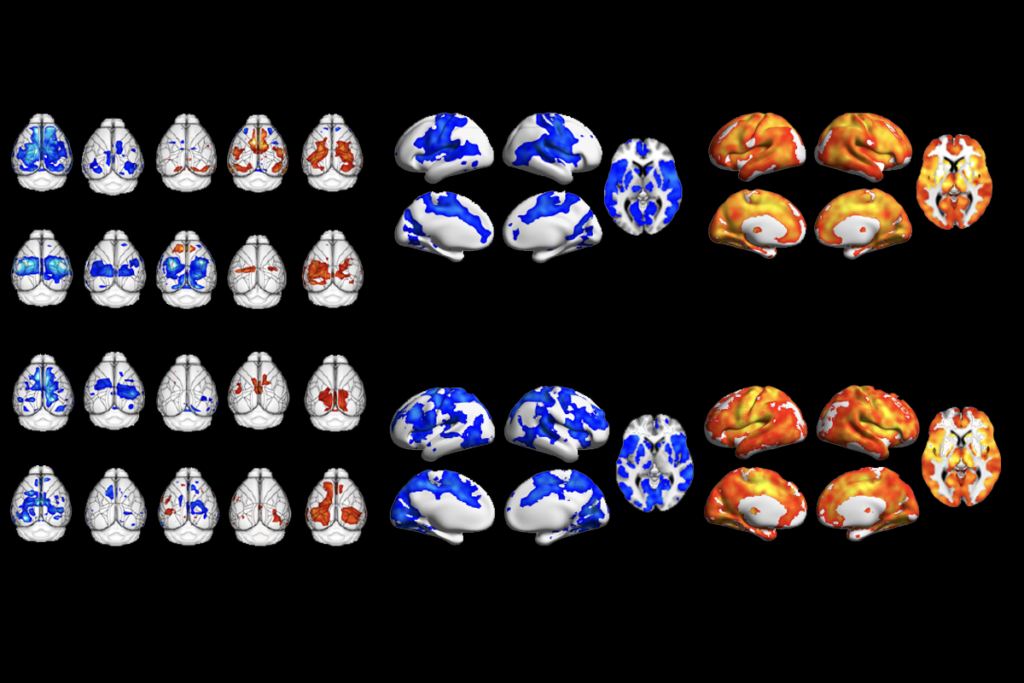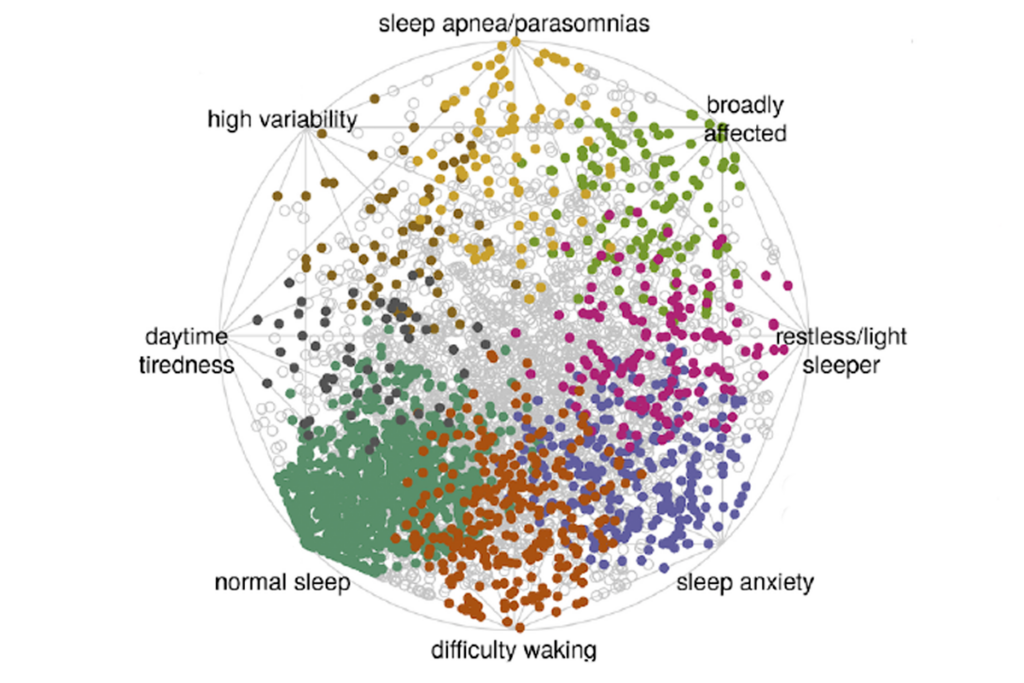Video: What monkeys can teach us about autism
Earl Miller tells SFARI.org how monkeys inspired his theory for the cognitive deficits in autism.
Earl Miller never intended to study autism. He was planning to use monkeys to better understand how the brain learns categories and general concepts.
But 20 years ago as a postdoctoral fellow at Princeton University, Miller designed an experiment to teach a monkey how to recognize patterns: He rewarded the monkey whenever it recognized that two colors were the same. After a month, however, Miller discovered that the monkey hadn’t learned ‘matching’ at all. Instead, it had memorized each of the possible combinations of colors.
This looked a lot like the attention to detail that is a feature of autism, says Miller, now professor of neuroscience at the Massachusetts Institute of Technology. His lab studies how monkeys think as a model for identifying brain pathways that could go awry in people with various disorders, including autism and schizophrenia.
Following a standing-room-only workshop at the 2011 Society for Neuroscience annual meeting, Miller told SFARI.org that individuals with autism could have a disconnect between the brain regions that help in memorizing facts and those responsible for more abstract thoughts.
For more reports from the 2011 Society for Neuroscience annual meeting, please click here.
Recommended reading

Expediting clinical trials for profound autism: Q&A with Matthew State

Too much or too little brain synchrony may underlie autism subtypes
Explore more from The Transmitter

This paper changed my life: Shane Liddelow on two papers that upended astrocyte research
Dean Buonomano explores the concept of time in neuroscience and physics

